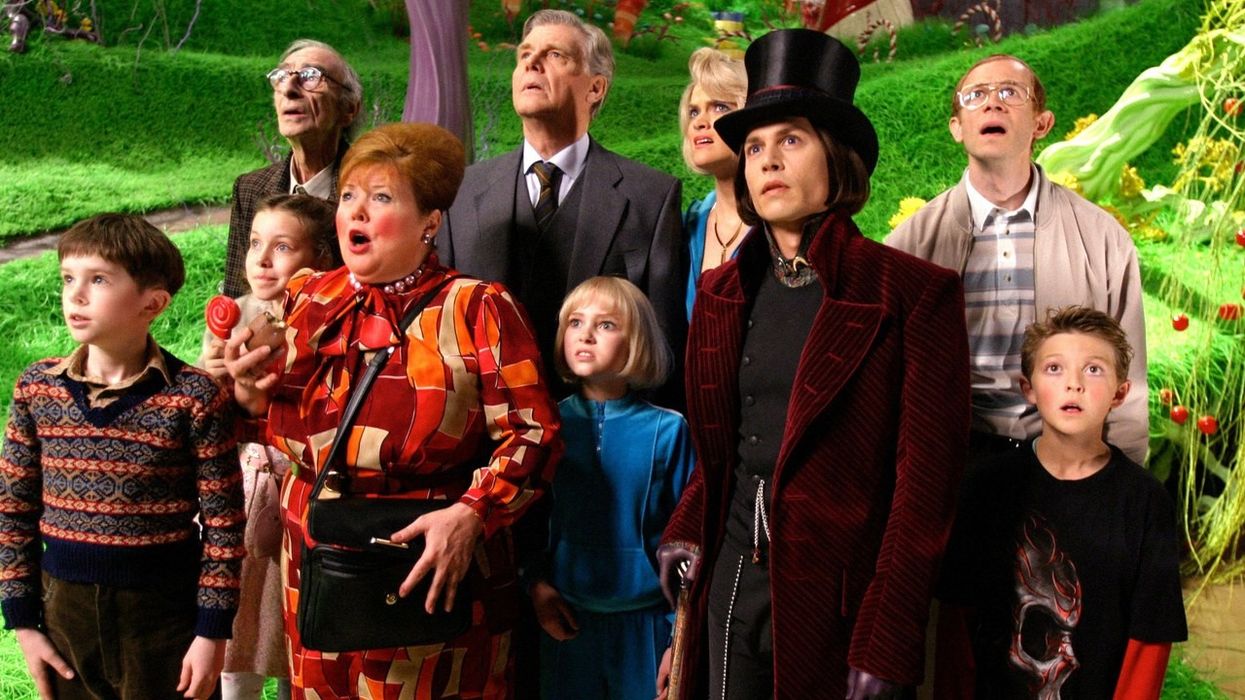What's the Difference Between the Protagonist and the Main Character?
The main character of your story will attract the most star power when it comes to casting. But are they the same as the protagonist?

'Willy Wonka and the chocolate Factory'
When you're writing or researching your screenplay you come across lots of different definitions. People want to assign all sorts of monikers to the characters within your story. You'll no doubt hear about the main character, protagonist, and hero. Frequently, these are all the same person inside the story, but they are not interchangeable definitions.
Today we're going to show you what sets apart each of these terms and give you a few examples to show you how it differs from the other people in the story.
So without further ado...
What's the Difference?
Yes, there's a difference between these terms. Let's break them down:
The Main Character Definition
The definition of the main character is the character who the story is mostly about or the point of view of the story. Often the main character has their name in the title of the movie or TV show. Like Michael Clayton, Shrek, or Veronica Mars. This isn't the ONLY way to ID the main character, but it's certainly an obvious one. And it speaks to the idea that the main character is going to be central to this story.
What are some main character synonyms?
The central character, principal, or hero are often seen as synonyms.
But remember, the hero of the story can be different than the main character.
Protagonist Definition
The word comes from the Ancient Greek, "protagonistes." It literally means, “the one who plays the first part.” The opposite is an antagonist.
What sets the hero of the story apart?
According to John August, the hero of the story is the person you hope to see "win." They're who you root for. That means your hero within the story can be subjective. It could be someone in only three scenes within a movie mostly about someone else. So you can have a supporting protagonist.
The main character vs protagonist
The protagonist of a movie or TV show is usually defined as the person who changes over the course of the story. Now, I know what you're thinking, all these words and definitions sound similar...
But they're not the same thing!
Sure, in movies like Superman or The Santa Clause all three terms wind up being the same person, but as John August poses, what about movies like Charlie and the Chocolate Factory?
Charlie is clearly the main character and the hero, but he's not the protagonist. He doesn't change. Willy Wonka changes over the course of the film. It's Wonka's arc. What's amazing about screenwriting is the freedom to have these titles be different characters.
Never try to force this all to be one character, follow your theme and let the story suss itself out.
Let's look at a few more examples to really iron out the differences.
Examples from Film and TV
It's not just Willy Wonka, think about other movies that have different people in each role. ConsiderThe Shawshank Redemption. The main character in Shawshank is Red, but the hero in the movie is clearly Andy Dufresne. We want Andy to get the freedom he deserves. But Andy also doesn't change at all. He's always an innocent man striving to break free.
That means the protagonist is also Red. Red's arc in the movie is tied to his parole hearing. It's accepting why he ended up in prison and saying what he needs to say to get out.

Another example of the main character versus the protagonist is within To Kill a Mockingbird.
Our main character is our narrator, "old" Scout. She's the point of view of the story, but her younger self is the protagonist. Child scout's arc is learning about humankind. It's a rude awakening. What I love about this movie is that it has multiple heroes.
The main hero being Atticus Finch. We're rooting for Atticus, seeing the world through Scout's memory, and following Scout as a child.
This is a layered film that shows you how malleable these terms can be and how they serve your writing.
What's next? Read more on the topic!
A strong hero is the foundation of any story. Here's how to write one that sizzles. Sure, it’s easy to pick out the main character of a story, but theyare so much more than who’s on-screen for most of the story. This character is the embodiment of your story’s theme. The person the audience needs to latch onto, and frequently the reason for the story to happen.
So, how can you write a compelling one?
Click the link to learn more!














